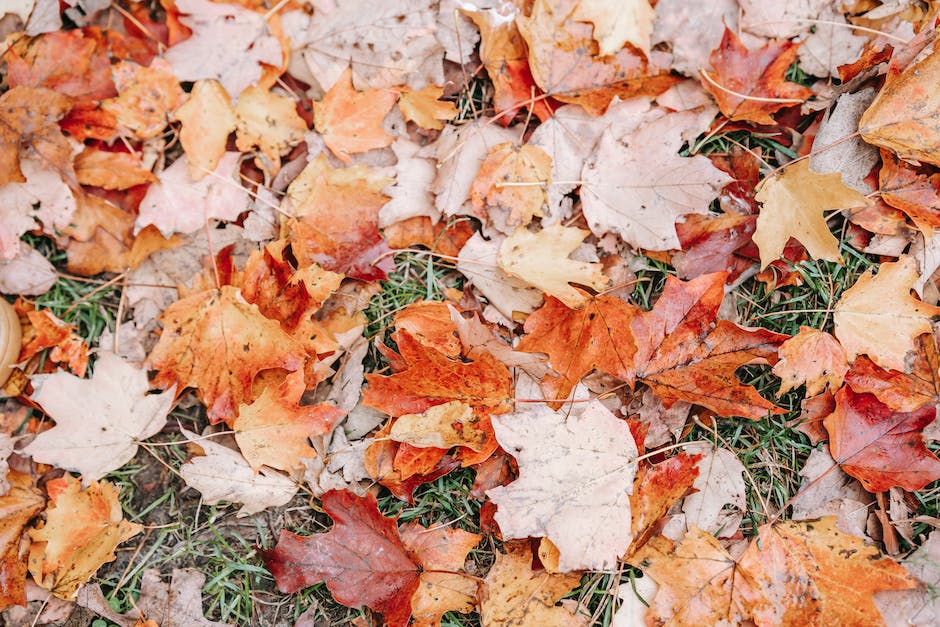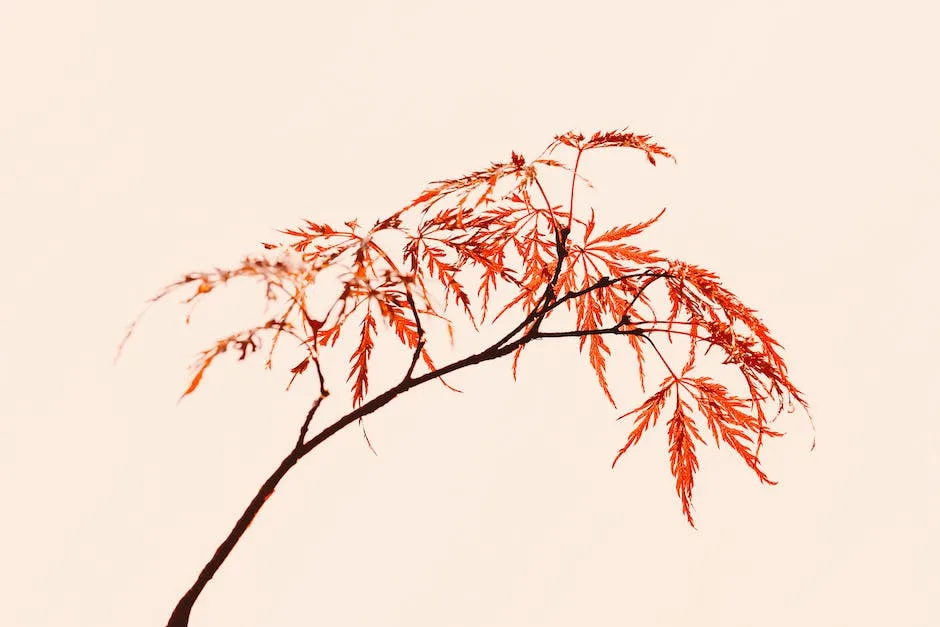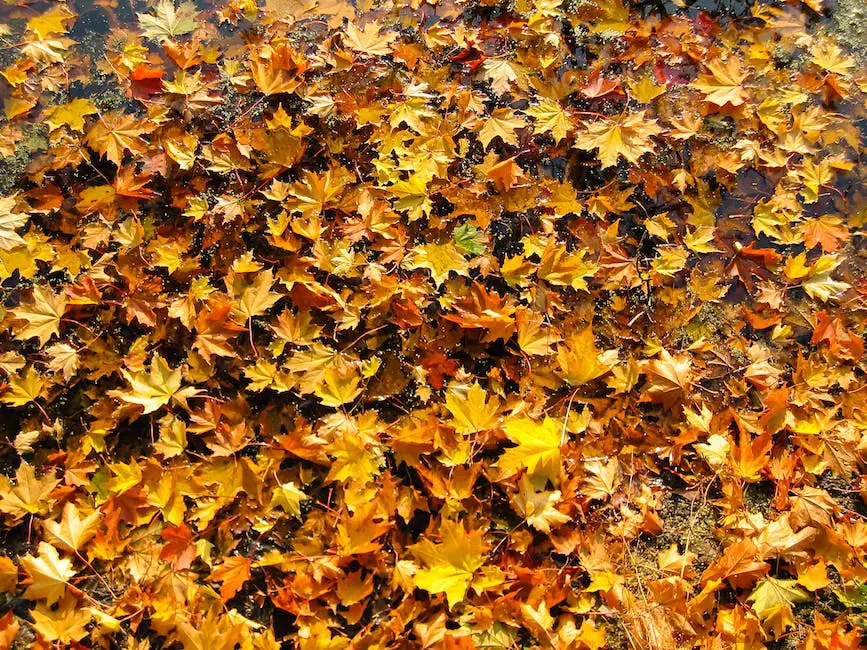If you’re looking to add a bit of color to your yard with a unique tree, you can’t go wrong with a maple. Maples are a popular tree choice because of their stunning fall foliage, but they also have a beautiful branching structure that can brighten up any space. Plus, who doesn’t love maple syrup? If you’re thinking about planting a maple tree, here’s what you need to know.
It is recommended that you plant a maple tree in early spring or in the fall. When choosing a spot to plant your maple tree, make sure that it is in an area that has plenty of space for the tree to grow. The tree should also be in an area that gets full sun.
To plant the tree, dig a hole that is twice the width of the tree’s root ball and just as deep. Put the tree in the hole and backfill the hole with soil. Be sure to firm the soil around the tree so that it is snug. Water the tree well.
What is the best time to plant a maple tree?
Maple trees are a beautiful addition to any landscape. They can be planted anytime except winter, but the ideal planting season for these beauties is spring or fall. First you will need to dig a hole that is as deep as the container and 3-feet wide. Then, mix some organic matter into the hole and backfill it with soil. Water the tree well and mulch around the base to help retain moisture.
Red maples are one of the faster growing trees, adding 12-18 inches of height each year. They can reach their full size in 10-15 years.
Where is the best place to plant maple tree
The soil around young plants should be kept moist for the first year or two after planting. Most do well in full sun, but a few – like vine maple and some Japanese types – need partial sun or shade. Having said that, most are fairly adaptable.
If you are looking to germinate some trees, you will need to leave them for 40 to 120 days, checking on them every week or two. Most of these species take 90 to 120 days to germinate, but the bigleaf maple and a few others can sprout in as little as 40.
Is a maple tree a fast growing tree?
The red maple tree is a beautiful tree that is native to North America. These trees are prized for their vibrant red-orange leaves that emerge each autumn. In addition to their eye-catching foliage, these trees are also fast-growing. Red maple trees grow up to 24 inches per year, with some reaching nearly 120 feet tall with a 50-foot spread at maturity.
Water your new tree 2 to 3 times per week for the first few months and gradually reduce the watering to promote good root growth.
Do maple trees need full sun?
Maples are a type of tree that grows best in full sunlight. However, they can also grow in a spot with some shade. These trees are adaptable to most soils, but prefer a somewhat moist but well-drained soil. They are drought tolerant once established, but grow faster in moist conditions.
This plant is most likely between 10 and 15 years old.
What kind of soil does a maple tree need
The red maple grows best in acidic, loamy, moist soils, but can also tolerate well-drained and clay soils. It prefers wetter soil conditions, but has some drought tolerance.
The planted trees should be 30 by 30 feet apart to allow for optimal production, with 50 to 60 trees per acre. To grow sugar maple for timber production, a “different type of tree” is required – one that is tall, with straight stems and no branches below the growing crown.
Can maple trees stay in pots?
The Japanese maple is a versatile tree that can be used in a variety of ways in the garden. It is just as happy growing in a pot as it is in the ground, and its compact root system makes it an ideal choice for smaller spaces. The tree is known for its iconic dome-shaped foliage and rich colour variations, making it a striking solo garden feature or a leafy compliment to other plants.
When drilling the hole for your spout, be sure to use the correct sized drill bit. For standard size spouts, you’ll need a 7/16 inch drill bit, and the hole should be drilled at a convenient height, two inches deep. If you’re using small taps (5/16 inch) or the health spout (19/64 inch), you’ll need to use the corresponding drill bit size and only drill the taphole 1 1/2 inches deep.
Is maple easy to grow
It is easy to see why maples are such a popular tree to plant. They are very adaptable and can grow in a wide range of climates and soil types. Whether you are looking for a shade tree for your yard or a beautiful tree to add to your landscape, a maple tree is a great choice.
Seed stratification is a process of subjecting seeds to moist and cold conditions for a period of time before planting. This treatment simulates the natural conditions that the seeds would experience over winter and helps to break dormancy so that the seeds will germinate more easily when planted in the spring.
To stratify seeds, first, soak them in water for 24 hours. Then, place them in a moist stratification mix, such as vermiculite or peat moss, and place the mix in a zip-top bag. Store the bag in the refrigerator for 2 to 3 months.
After the stratification period, the seeds can be planted in prepared seed beds in the fall for best results.
How easy is it to grow a maple tree?
Maple trees are easy to grow and require little care once they have established their root system. Pruning plants, especially when young, will help them to grow full and in the shape you desire.
There are many different kinds of maple trees, but the most colorful ones are the Coral Bark Japanese Maple (Acer palmatum ‘Sango-kaku’), the Red Dragon Japanese Maple (Acer palmatum var dissectum ‘Red Dragon’), the Autumn Blaze Maple (Acer x freemanii), and the Red Sunset Maple (Acer rubrum ‘Franksred’). These trees are all beautiful in their own ways, and they each have their own unique colors.
Is a maple tree a good tree to plant
Red maple, sugar maple or any of the various hybrids exemplify good fall color, decent growth rate, interesting bark, and ease of propagation Their performance puts maple trees in the league of historically top-rated trees like American elm, green and white ash, and American chestnut.
A mature maple tree can fetch a pretty penny as standing timber or produce logs that are worth even more. A multitude of factors influence the value of the tree, but it’s definitely something to keep in mind if you’re looking to make some money off of your forestry.
What is the best fertilizer for maples
When it comes to feeding your maple tree, you want to use a slow-release shrub and tree fertilizer. You can find the recommended rates on the product label. Another option is to use mild, organic plant food. Just be sure to avoid quick-release fertilizers like 10-10-10.
Maple trees need a strong root system to thrive, and fertilizer can help younger trees develop a robust root system. However, established maple trees typically don’t need fertilizer because their root system can get nutrients from the soil and rainfall.
Can you overwater a newly planted maple tree
A tree needs the right amount of water to establish its roots and begin a long and healthy life. Too little water and the tree will wilt and die, but too much water can drown the roots and kill the tree just as easily. Watering is also dependent upon the season and the amount of rain.
Give maple trees around 11 gallons of water a week to stay healthy. Young maple trees need even more, especially in dry, hot conditions. Try watering a few gallons every couple of days rather than a little every day.
How do you know if a maple tree needs water
If you see a maple tree wilting or its leaves scorching, it likely needs more water. These trees require around 11 gallons per week to stay healthy.
A 25-inch diameter red maple tree can soak up about 8,500 gallons of stormwater each year. Rain is intercepted by the tree canopy and is held on the bark, leaves, and branches of the tree, which means there is less water reaching the ground below. This can help to reduce flooding and soil erosion in an area.
How far should a maple tree be from a house
While a maple or other large tree can provide some much-needed shade for your home, it’s important to plant it at least 20 feet away from the structure. If the tree is too close, it can potentially damage the foundation or siding of your home.
Regular pruning is essential for maintaining a maple tree’s desired size and preventing it from infringing on its neighbors’ space. Pruning also helps the tree develop a strong branch structure. Removing branches carefully can reduce or eliminate structural issues in the tree.
How do you take care of a maple tree
Maple trees benefit from regular pruning, watering, and fertilizing to maintain optimal health. Newly planted maple trees will especially benefit from a root enhancer like ArborKelp®, SavATree’s exclusive seaweed biostimulant fertilizer. This fertilizer aids in tree establishment, promotes root growth, and heightens stress tolerance, all of which are important for a healthy maple tree.
Applying coffee grounds to your soil is a great way to add essential nutrients and improve the overall health of your plants. Coffee grounds are rich in nitrogen, phosphorus, and potassium, which are all key nutrients for plant growth. Additionally, coffee grounds can help improve soil drainage and aeration, and they can also help reduce compaction.
Final Words
A Maple tree can be planted by finding a space in your yard that receives full sunlight and has well-drained soil. After digging a hole that is twice the width and depth of the tree’s root ball, back fill the hole with a mix of topsoil and compost. Gently remove the tree from its container, being careful not to damage the roots, and place it in the hole. Mound the soil mix around the base of the tree, and water the tree deeply to settle the roots.
If you want to plant a maple tree, the first thing you need to do is choose the right spot. The tree should be in an area where it will get plenty of sunlight and have room to grow. Once you’ve found the perfect spot, dig a hole that is twice as wide and deep as the tree’s roots. Next, backfill the hole with soil and water the tree well. Finally, mulch the area around the tree to help keep the roots moist. With a little care, your maple tree will thrive for years to come.
I’ve always been drawn to trees.
As a kid, I spent most of my free time outside, climbing, exploring, and trying to figure out the names of the trees around me.
That early curiosity eventually led me to study arboriculture and horticulture at Michigan State.
Later, I completed a degree in forestry at the University of Michigan.
I’ve been working in tree care and education ever since.
These days, I enjoy helping people learn more about the trees in their own backyards.
How they grow, how to care for them, and why they matter.
You don’t need to be an expert to appreciate trees.
A little curiosity goes a long way.
